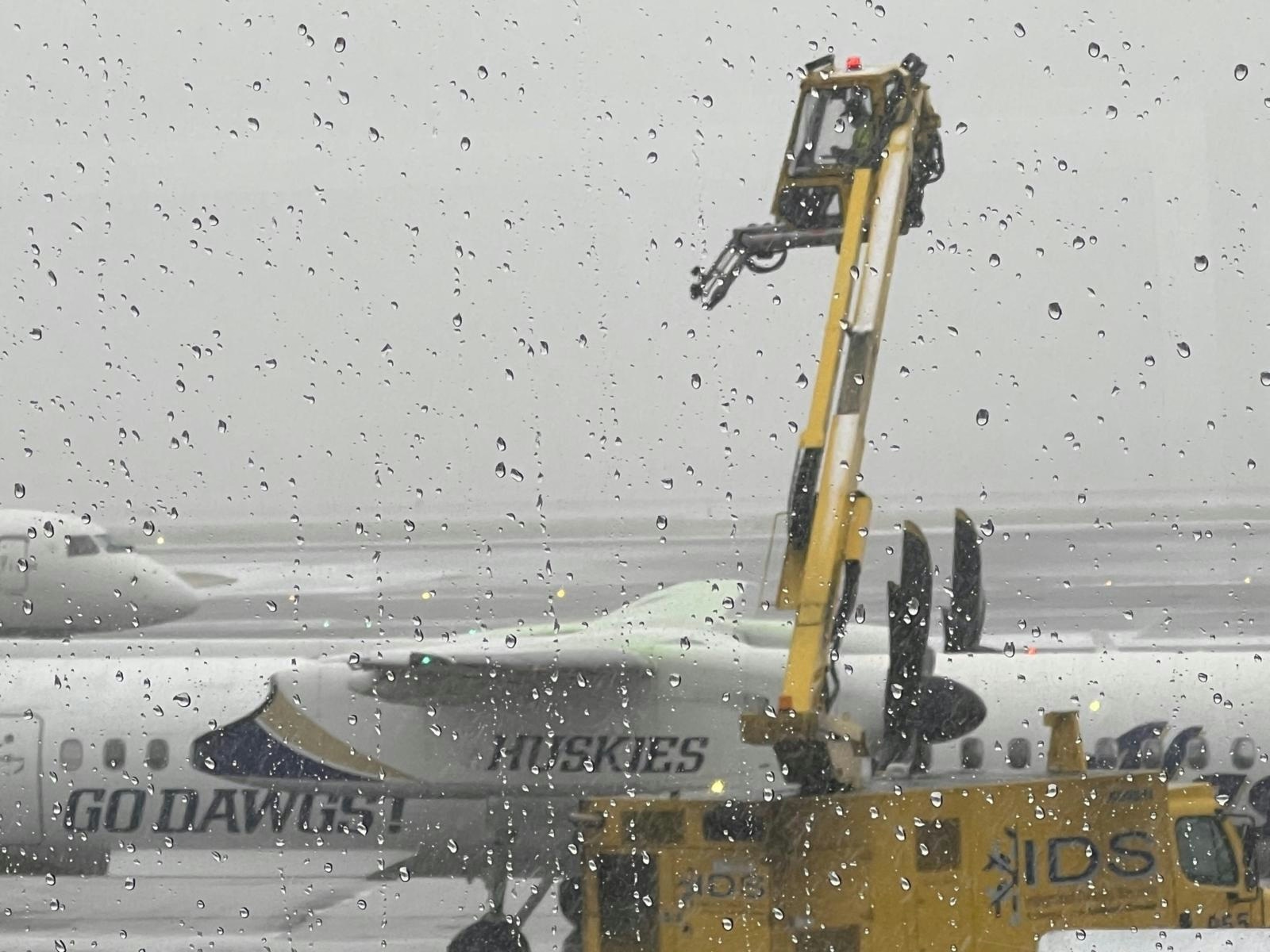
AeroGenie — Seu copiloto inteligente.
Tendências
Categories
Why The Boeing 777X's Engines Have Such A Large Diameter
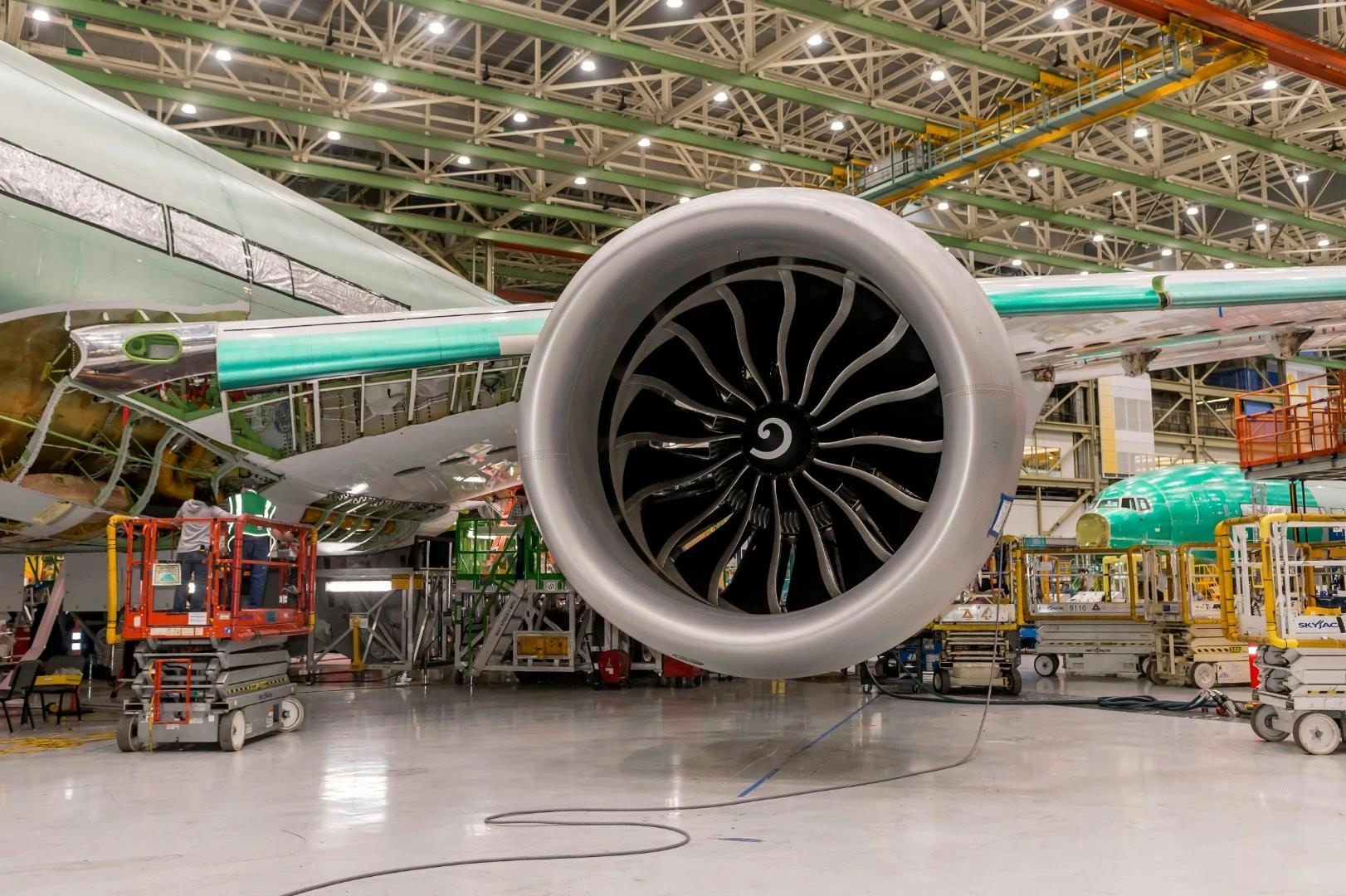
Why The Boeing 777X's Engines Have Such a Large Diameter
The Boeing 777X is immediately recognizable by its exceptionally large engines, a striking feature that reflects more than just engineering ambition. These engines are a calculated response to the evolving demands of contemporary commercial aviation, shaped by the aircraft’s performance requirements and the competitive pressures within the aerospace industry.
Engineering to Meet Ambitious Performance Goals
The 777X series, comprising the 777-8 and 777-9 models, is intended to replace the successful 777-300ER and directly challenge the Airbus A350. Boeing’s objectives for the 777X include extended range, increased passenger capacity, and reduced environmental impact. To fulfill these goals, the aircraft requires engines capable of delivering substantial thrust while optimizing fuel efficiency and minimizing noise emissions.
Central to this effort is the General Electric GE9X engine, the largest and most advanced commercial jet engine ever developed. Specifically designed for the 777X, the GE9X boasts a fan diameter of 134 inches (3.4 meters), which extends to 161 inches (4 meters) when including the nacelle—surpassing the width of a Boeing 737 fuselage. This considerable size facilitates a high bypass ratio of 10:1 and an industry-leading pressure ratio of 60:1. These specifications enable the engine to produce up to 110,000 pounds of thrust, ensuring the 777X can efficiently operate on long-haul international routes.
The Rationale Behind the Large Diameter
The substantial diameter of the GE9X engine is a deliberate design choice driven by the 777X’s operational demands. With a maximum takeoff weight exceeding 775,000 pounds for the 777-9 variant, the aircraft necessitates powerful engines capable of lifting heavy payloads across vast distances. Larger fan diameters allow the engine to move greater volumes of air at lower speeds, which enhances thrust generation while simultaneously reducing noise and improving fuel efficiency. These factors are critical in complying with stringent global emissions and noise regulations.
In addition to size, the GE9X incorporates advanced materials and manufacturing techniques that distinguish it from its predecessor, the GE90-115B. The use of ceramic matrix composites, 3D-printed components, and composite fan blades reduces overall engine weight while increasing durability and heat resistance. These innovations contribute to a 10% reduction in fuel consumption compared to earlier models, offering airlines significant operational cost savings and environmental benefits.
Market Dynamics and Competitive Pressures
The design of the 777X’s engines also reflects the intense competition within the aerospace sector. Manufacturers such as CFM International and GE Aviation are engaged in a technological race to produce large-diameter engines that deliver superior performance and efficiency. The success of the GE9X will largely depend on its reliability, cost-effectiveness, and ability to outperform rival engines in real-world operations.
This competitive environment is expected to drive further advancements as other manufacturers seek to match or exceed the capabilities of the GE9X. The reception of the 777X’s engines by airlines and the broader market will play a crucial role in shaping Boeing’s future production and sales strategies.
Conclusion
The oversized engines of the Boeing 777X are the result of a strategic blend of necessity and innovation. Designed to power one of the largest twin-engine aircraft in the world, they embody the evolving requirements of global aviation and the relentless competition that fuels technological progress in the industry.
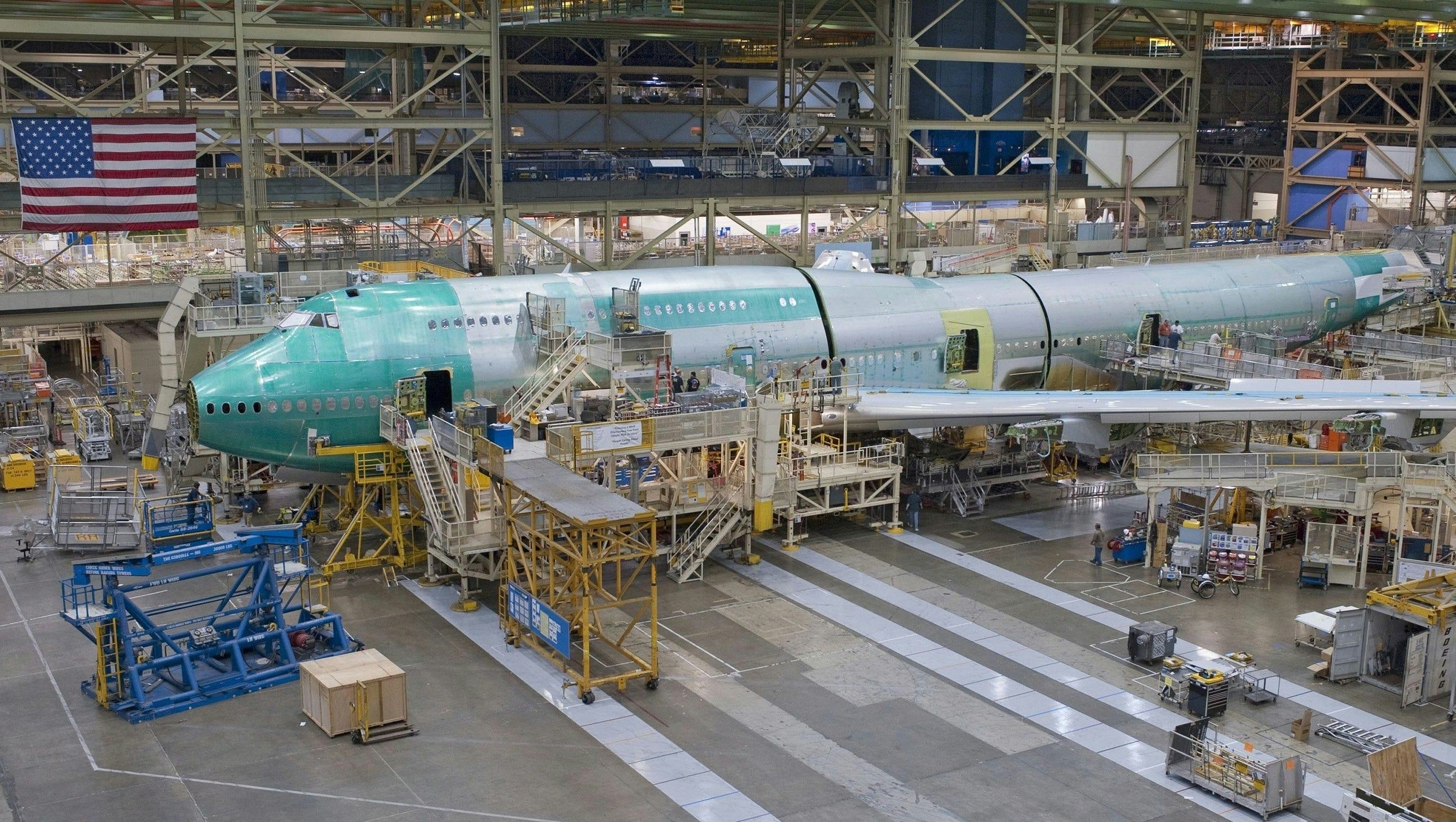
The Boeing 747-8: Why It’s Rare on U.S. Routes and How to Experience It Abroad

Why Aircraft Engines Lack Screens or Grills
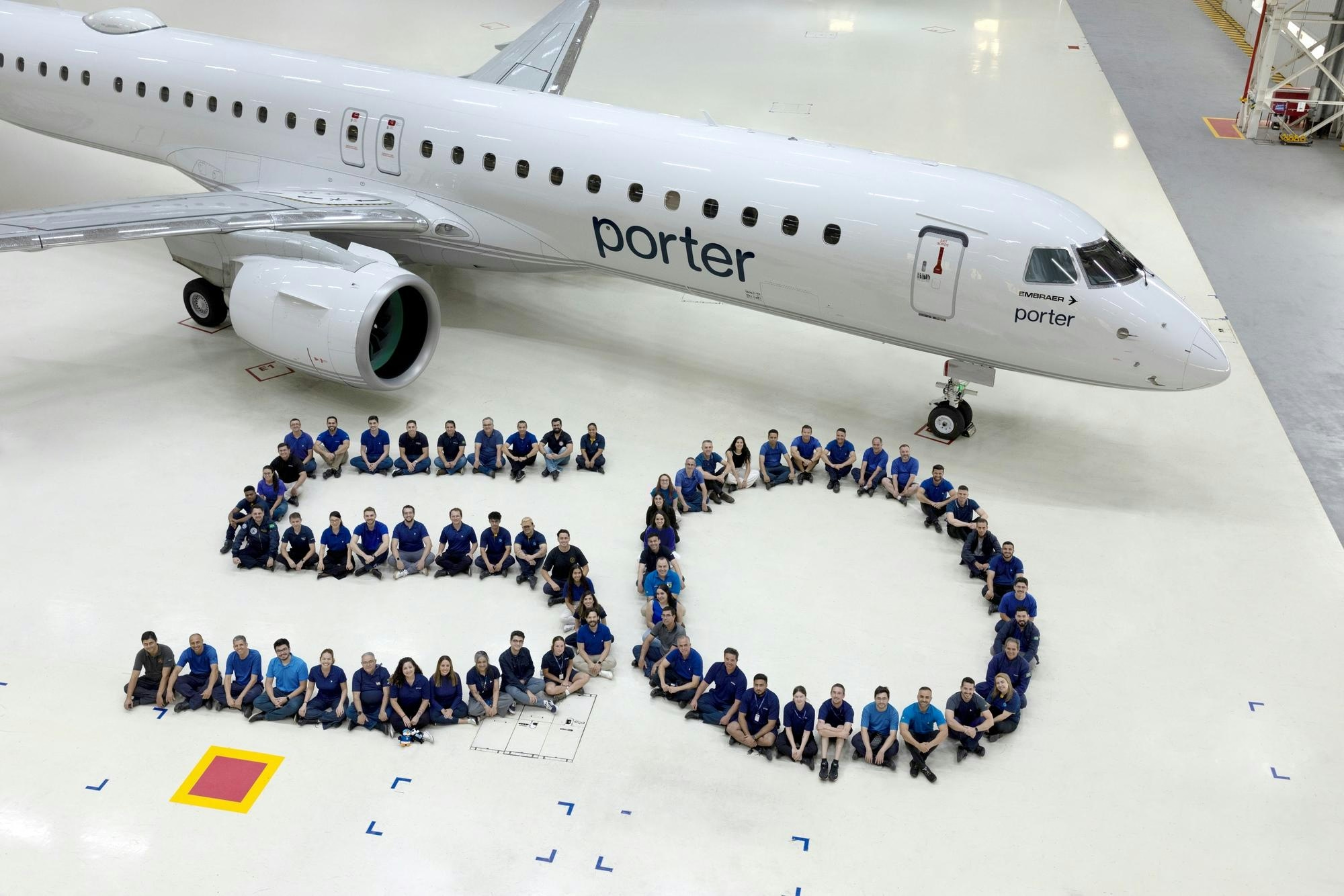
Porter Airlines Receives 50th Embraer E195-E2 Aircraft
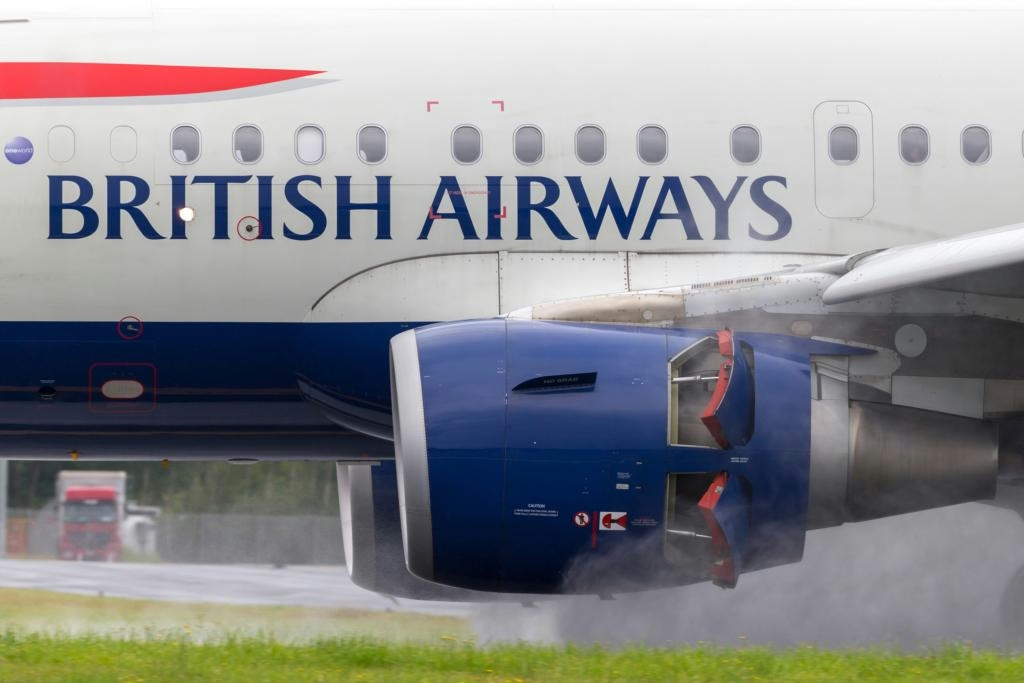
How Aircraft Engines Use Reverse Thrust During Landing
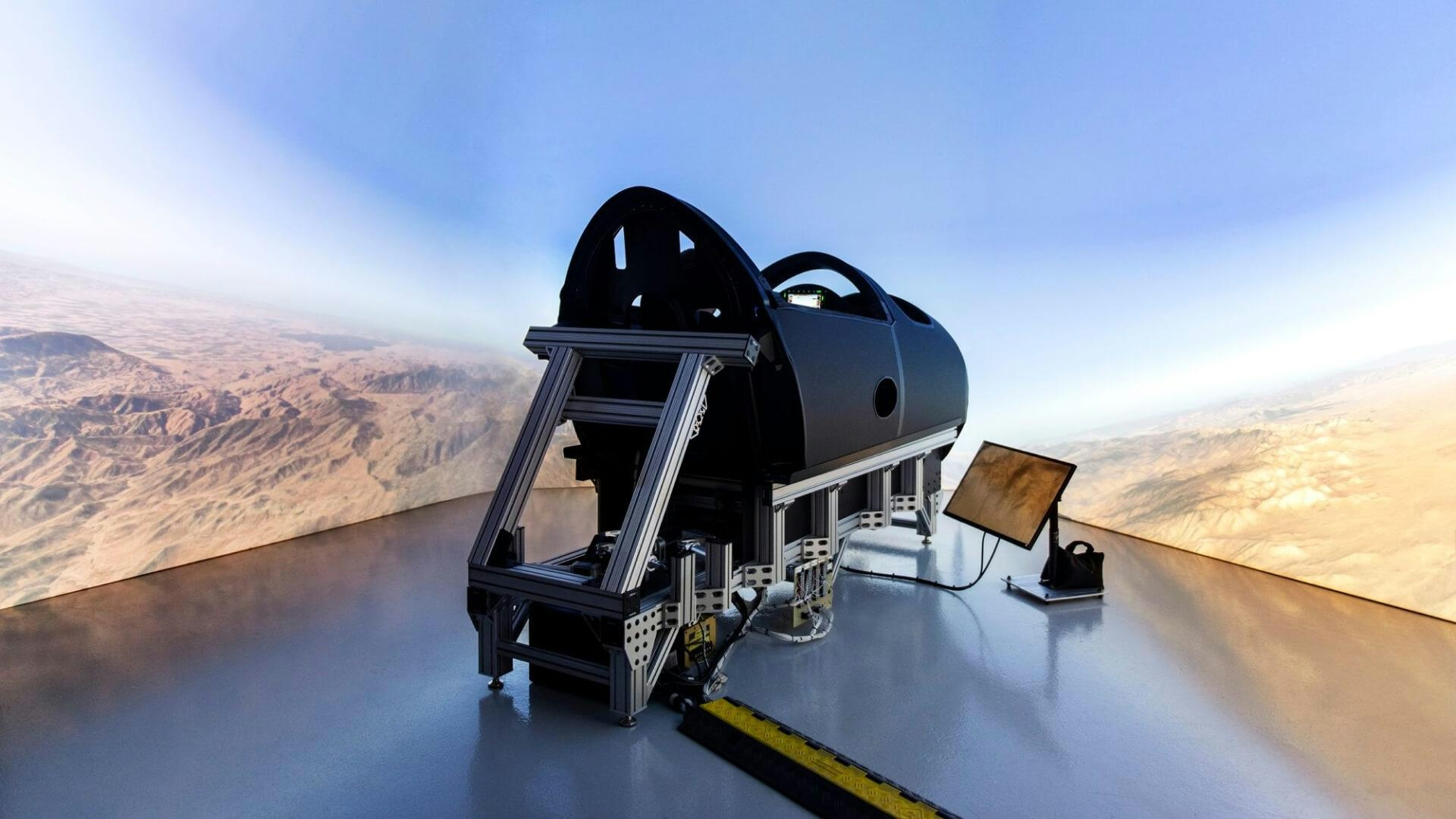
AI-Powered Air Traffic Control Integrated into Home Flight Simulators
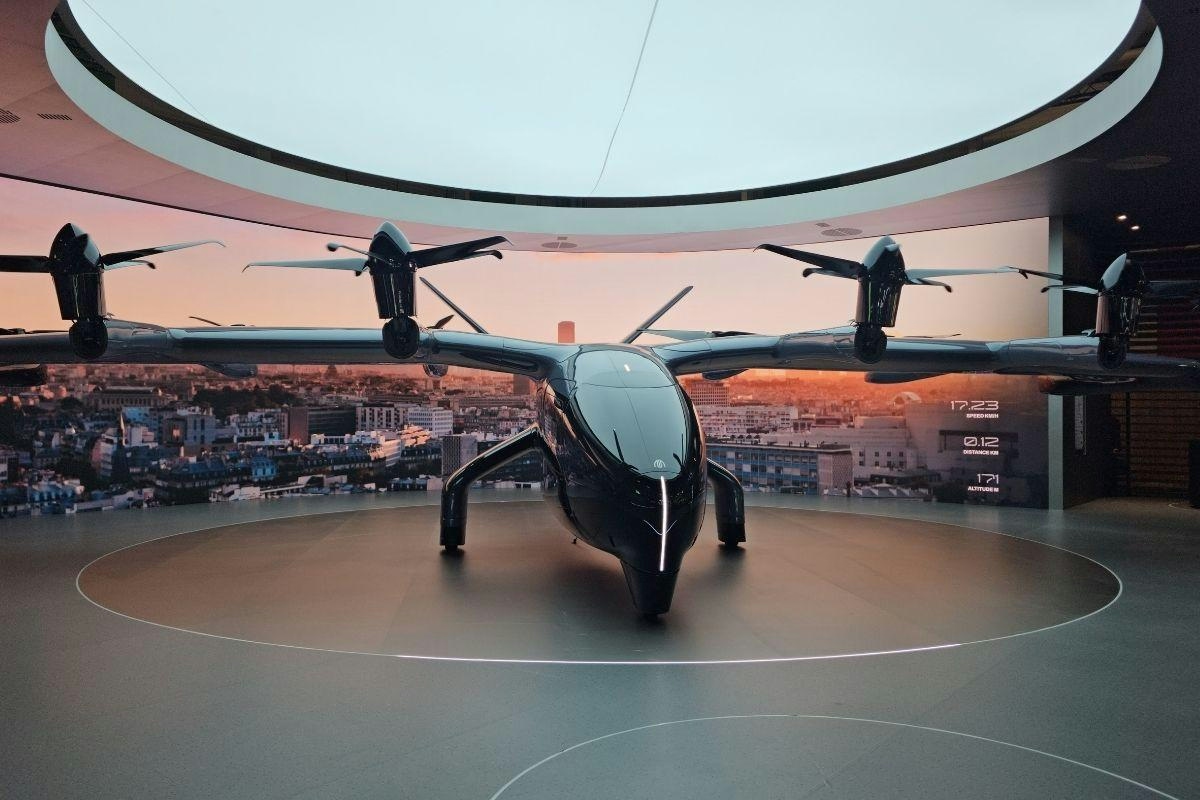
Autonomous Flying Taxis Prepare to Enter U.S. Airspace
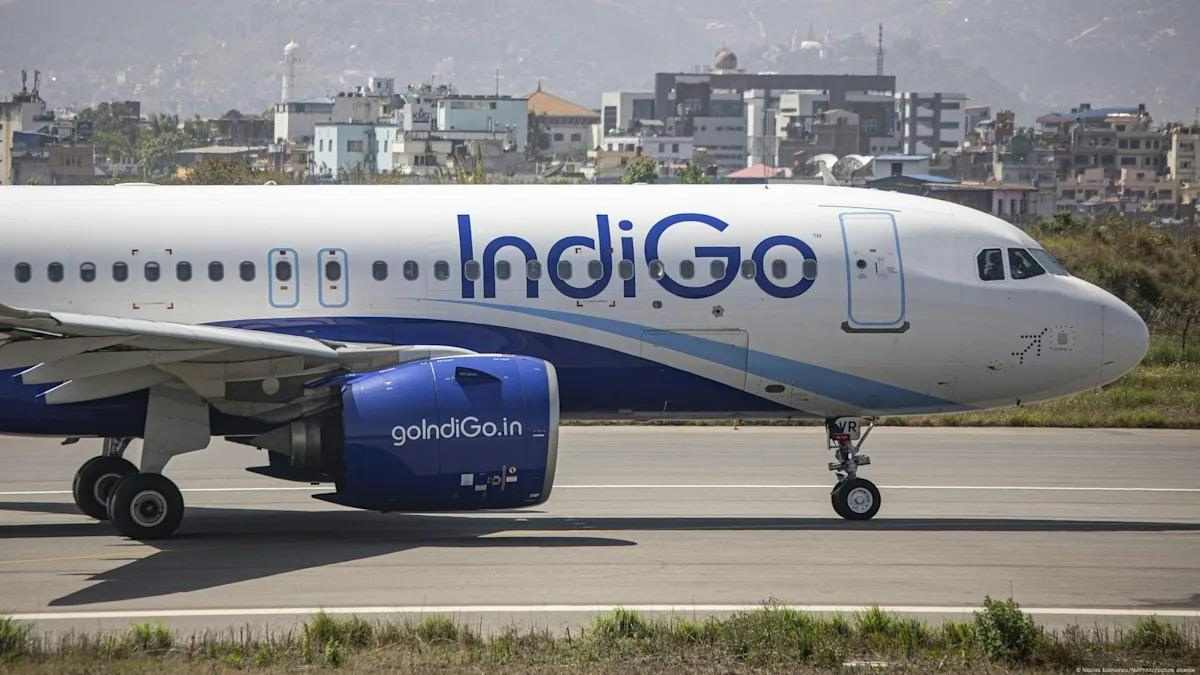
Aviation Ministry Approves Two New Indian Airlines Following IndiGo Crisis
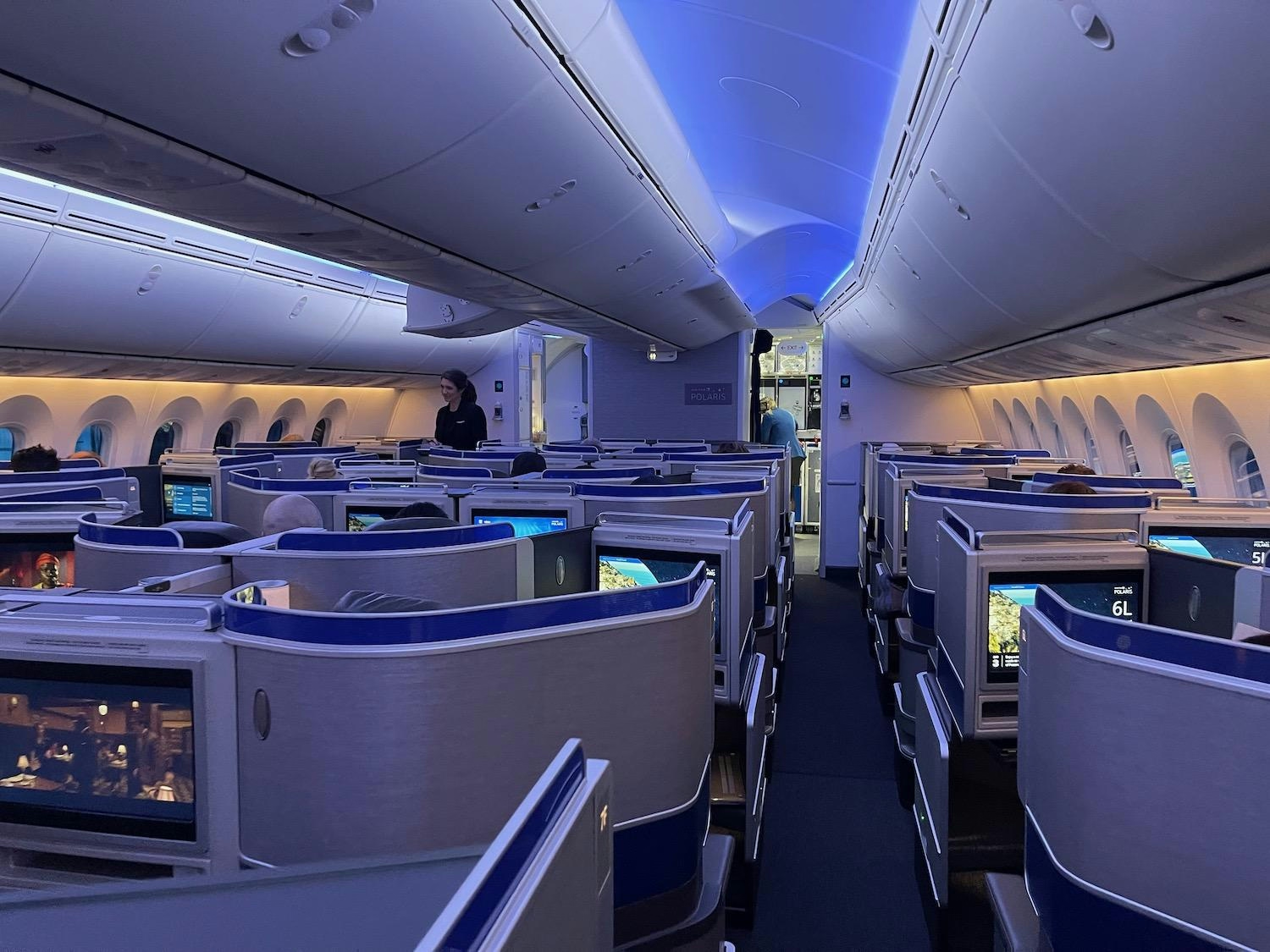
Is the Boeing 787-10 a Viable Option for Delta Air Lines?
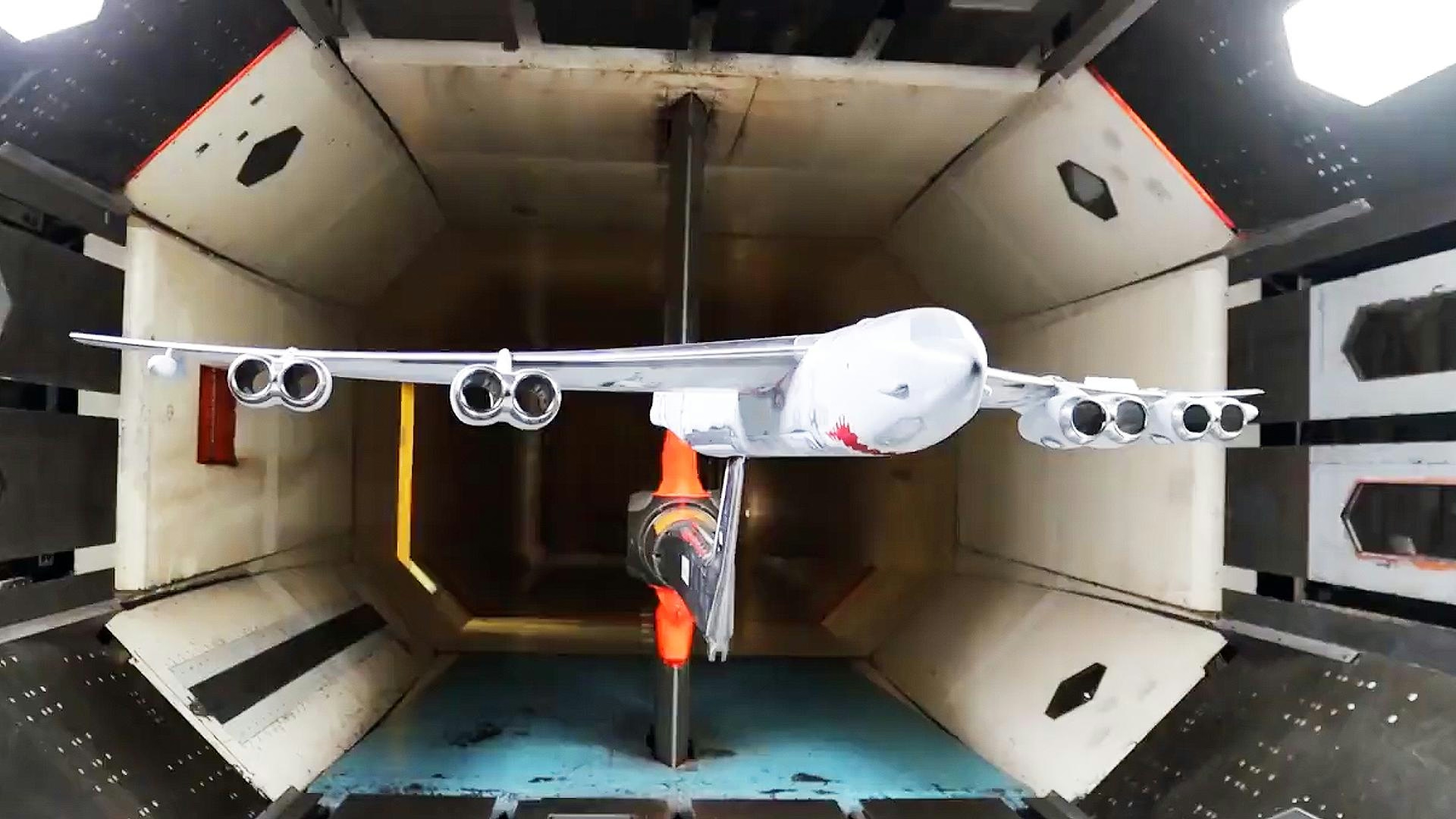
Boeing Wins $2 Billion Contract to Upgrade B-52 Engines
